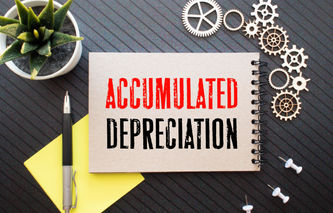Definition
The capital to labor ratio allows analysts to understand if costs are being reduced by purchasing assets to automate labor-intensive tasks. An increase to a company's capital to labor ratio over time can signal an attempt to remain competitive, or improve margins, through automation.
Calculation
Capital to Labor Ratio = Fixed Assets / Direct Labor
Where:
Fixed Assets does not include accumulated depreciation; and
Direct Labor includes wages, payroll taxes and employee benefits.
Explanation
The capital to labor ratio allows the investor-analyst to understand if automation equipment has been deployed to replace labor-intensive tasks. In doing so, the company may be lowering production costs to remain competitive or improve gross margins. This metric should be tracked by the investor-analyst over relatively long timeframes.
Typically, the ratio will decrease over time as labor costs (in the denominator) increase faster than fixed assets (in the numerator) are deployed. If the company automates a task, the ratio would increase rapidly as the numerator of the ratio (fixed assets) increases and the denominator (direct labor) decreases.
Note: The investor-analyst should carefully examine both the change in direct labor over time as well as fixed assets, since accelerated depreciation approaches can lower the numerator of this equation over a relatively short timeframe.
Fixed assets, including property, plant and equipment is typically found in a company's Form 10-K and is shown prior to accumulated depreciation. Direct labor is not always available to the investor-analyst and may be found in the notes to financial statements.
Example
The information appearing in the table below was extracted from Company A's Form 10-K. Fixed assets are shown prior to depreciation and the corresponding direct labor expense was included in the notes to Company A's income statement.
Year 1 | Year 2 | Year 3 | Year 4 | Year 5 | |
Fixed Assets | $25,560,000 | $24,282,000 | $23,067,900 | $34,601,850 | $31,141,665 |
Direct Labor | $24,026,400 | $24,747,192 | $25,489,608 | $15,293,765 | $15,752,578 |
Capital to Direct Labor | 106% | 98% | 90% | 226% | 198% |
The information above reveals Company A's pattern of increasing labor costs relative to fixed assets through Year 3. In Year 4, it appears Company A made a large capital investment that was able to decrease labor costs by nearly the same amount.




